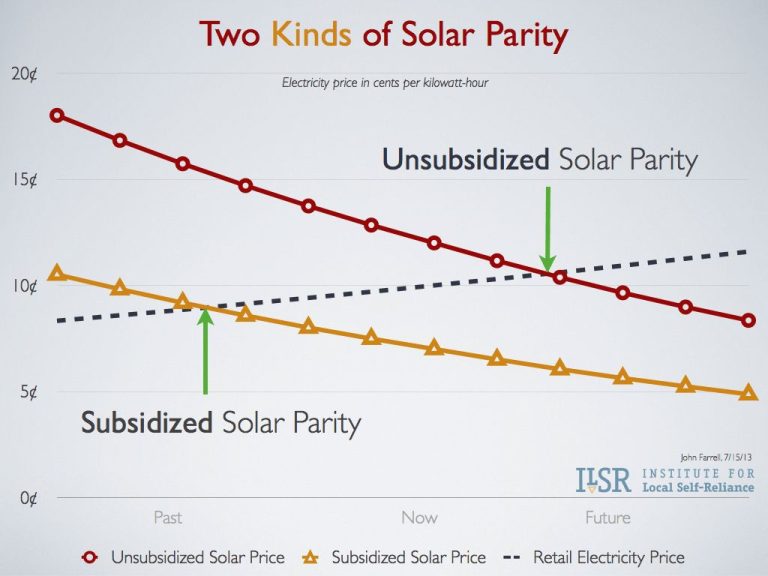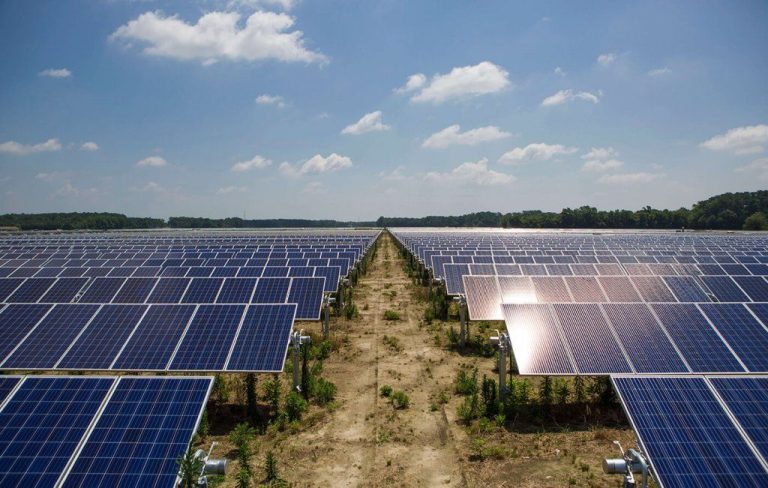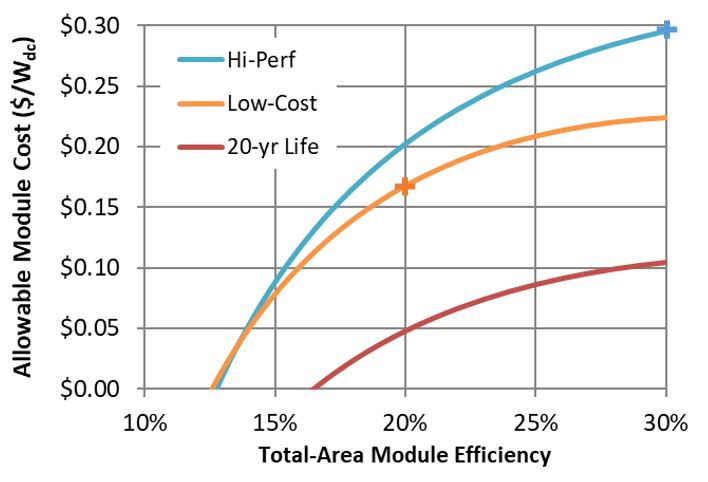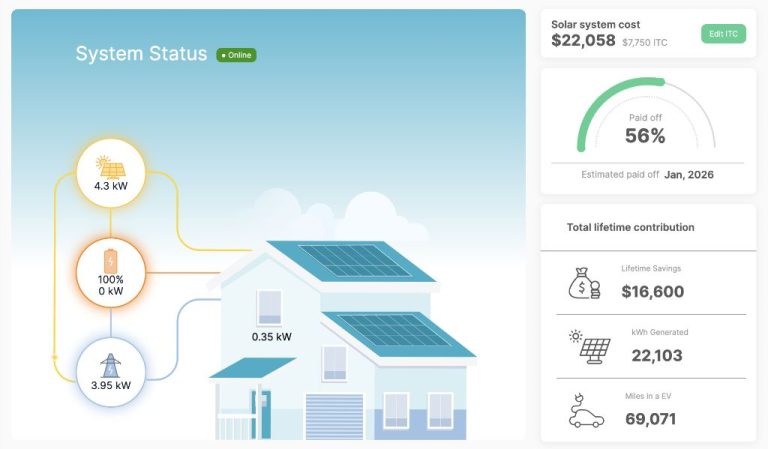What Energy Travels Through The Sun?
Introducing the Sun
The Sun is the star at the center of our solar system and is responsible for the Earth’s climate and weather. The Sun is an almost perfect sphere with a diameter of about 1.4 million km – about 109 times wider than the Earth. It accounts for 99.8% of the total mass of the solar system.
The Sun is composed of hydrogen (70%) and helium (28%), with trace amounts of heavier elements like oxygen, carbon, neon, and iron. This gas is extremely hot and dense. At the Sun’s core, temperature and pressure are so high that nuclear fusion converts hydrogen into helium, releasing energy in the process.
The Sun is classified as a G-type main sequence star based on its spectral class. It formed about 4.6 billion years ago and is roughly halfway through its total expected lifespan of 10 billion years. The Sun provides the light, heat, and energy that powers life on Earth. It influences Earth’s climate and weather and sustains plants, animals, and ecosystems.
Nuclear Fusion
Nuclear fusion is the process by which stars like our Sun produce energy. At the core of the Sun, hydrogen atoms collide at extremely high temperatures and pressures, causing them to fuse into helium. This nuclear fusion process releases an enormous amount of energy in the form of gamma rays.
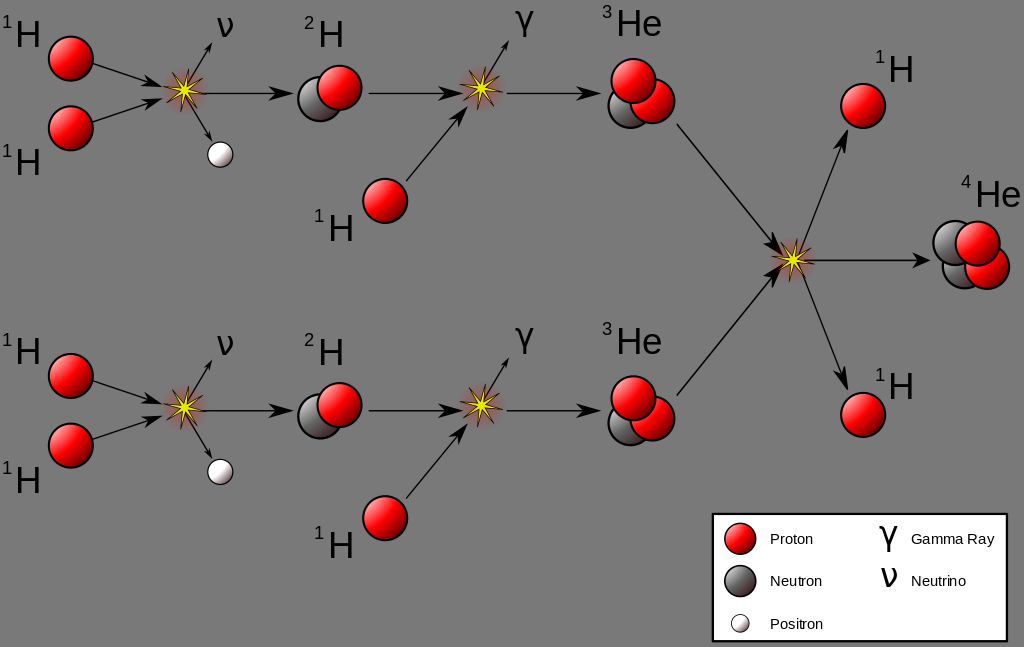
Specifically, when two hydrogen nuclei (single protons) collide, the immense pressure and temperature causes them to fuse into a helium nucleus (two protons and two neutrons). In the process, some of the mass is converted into energy as described by Einstein’s famous equation E=mc2.
The Sun’s core reaches temperatures of 15 million degrees Celsius, providing sufficient kinetic energy for hydrogen atoms to overcome their electrostatic repulsion and fuse. The protons must reach speeds of over 1,300 km/s to fuse before getting deflected by other particles.
At the Sun’s core, over 600 million tons of hydrogen fuse into helium every second. The helium atoms created by fusion accumulate in the core, increasing the Sun’s helium abundance over its lifetime. The helium is denser than hydrogen, slowly changing the composition and structure of the core over billions of years.
Protons and Neutrons
The Sun is composed primarily of hydrogen and helium gases. At the core of the Sun, hydrogen atoms collide at extremely high speeds and temperatures reaching 15 million degrees Celsius. These hydrogen atoms each contain a single proton in their nucleus. A proton is a positively charged particle found in the nucleus of every atom. The number of protons determines what element it is on the periodic table.
Neutrons are uncharged particles also found in the nucleus of atoms. They bind with protons to form the nucleus. Normally hydrogen atoms contain no neutrons, only a single proton. But under intense pressure and temperature inside the Sun, protons are forced together so closely that they can actually fuse into helium nuclei. This nuclear fusion requires high speeds to overcome electrostatic repulsion between protons.
In nuclear fusion, four protons combine and release energy, becoming a helium nucleus with two protons and two neutrons. Fusion occurs constantly at the Sun’s core as hydrogen atoms are fused into helium. This fusion process releases energy in the form of gamma rays from the Sun’s core into space.
Helium Formation
The Sun converts hydrogen into helium through the process of nuclear fusion. At the extremely high temperatures and pressures in the Sun’s core, hydrogen atoms overcome their mutual repulsion and fuse together. This fusion occurs in a series of steps:
First, two protons combine to form a deuterium nucleus (hydrogen isotope with one proton and one neutron). A positron is released in the process.
Next, the deuterium nucleus combines with another proton to form a light isotope of helium (helium-3) and gamma radiation.
Finally, two helium-3 nuclei combine to form a stable helium-4 atom and two protons.
Overall, four protons fuse together to form one helium-4 atom. In each fusion, some of the mass is converted to energy in the form of gamma rays. This nuclear fusion process allows the Sun to convert hydrogen into helium and release enormous amounts of energy.
Gamma Rays
The fusion process in the Sun’s core produces an enormous amount of energy in the form of gamma rays. Gamma rays are the highest frequency and most energetic form of electromagnetic radiation. They are produced when the fusion of hydrogen into helium causes protons and neutrons to bind together into the helium nucleus. This nuclear binding releases energy that initially takes the form of gamma rays.
The extremely high temperature and pressure in the Sun’s core provides the conditions for protons to overcome their electromagnetic repulsion. When they get close enough, the strong nuclear force takes over and binds the protons (and neutrons) together. The difference in mass before and after binding is converted directly into gamma ray photons according to Einstein’s famous equation E=mc2.
The gamma rays generated by nuclear fusion in the Sun’s core contain tremendous amounts of energy, but they cannot stream freely out of the Sun. This is because the high density of the solar plasma means the gamma rays only travel a tiny distance before being absorbed by other particles and re-emitted in different directions. This process of absorption and re-emission continues until the gamma rays get converted to lower energy photons that can stream outwards as visible sunlight.
Absorption and Emission
The high energy gamma rays produced in the core of the Sun interact with the solar material as they travel outward. When a gamma ray encounters an atom, one of three things can happen:
- The gamma ray can pass right through the atom without interacting at all.
- The gamma ray can get absorbed by the atom, increasing the atom’s energy.
- The gamma ray can cause the atom to re-emit a new photon, often at a different wavelength than the original gamma ray.
Most of the gamma rays get absorbed and re-emitted multiple times as they slowly make their way through the dense solar material. This process converts the high frequency gamma rays into lower energy photons, like x-rays and ultraviolet light, through Compton scattering and photoelectric absorption. The exact mechanisms of absorption and re-emission depend on the material composition at different depths of the Sun.
This repeated cycle of absorption and re-emission causes the gamma rays to diffuse outward, eventually emerging from the Sun’s surface and streaming into space as sunlight. By this point, the photons have been converted from dangerous high energy gamma rays into the visible light that gives our Sun its familiar glow and warmth.
Radiative Zone
The radiative zone is the innermost layer of the Sun’s interior, extending from the core to about 70-80% of the way to the surface. This zone is so named because energy is transferred primarily by radiation or photons here. Gamma rays produced in the core travel outward until they reach this layer. The extreme density causes the gamma rays to be continuously absorbed and re-emitted in random directions by atoms in the plasma. This process of absorption and reemission transforms the high-energy gamma rays into lower-energy infrared rays over time. The energy takes about 170,000 years to fully traverse the radiative zone in this manner. This repeated scattering lengthens the distance gamma rays can travel before escaping into space, allowing time for the energy to be shared across the entirety of the radiative zone rather than just the core.
Convective Zone
The outer 30% of the Sun, extending from the surface to approximately 200,000 km below, makes up the convective zone. In this region, heat from the radiative zone below is carried outward toward the surface primarily through convection rather than radiation.
As photons released in the radiative zone travel outward, their energy is absorbed by solar plasma, heating it up. The hot plasma is less dense than the cooler plasma below it, so it rises to the surface. As it moves upward, the rising plasma cools and sinks again, creating convection currents.
This churning motion allows efficient heat transfer, as hot plasma from the interior is cycled up to the surface, while cooler plasma sinks downward where it can absorb more energy. These convection currents are seen on the solar surface as the characteristic granules and supergranulation that make up the Sun’s visible photosphere.
Convection allows the Sun to transfer energy outward to its surface in the outer layer, enabling the heat and light that supports life on Earth. It plays a key role in the internal dynamics that power our closest star.
Sun’s Energy
The Sun produces an enormous amount of energy through the process of nuclear fusion. The Sun converts over 4 million tons of matter into energy every second. To put this into perspective, the amount of energy produced by the Sun in one second is greater than the amount of energy mankind has produced since the beginning of civilization.
The energy that the Sun produces travels an immense distance to reach Earth. Despite the 93 million miles between the Earth and Sun, the energy only takes around 8 minutes to travel through space and reach our planet. Without the Sun’s constant energy production and emission, life as we know it on Earth would not be possible.
While the Sun may seem small from our vantage point, it contains 99.8% of the mass of the entire solar system. The Sun has enough nuclear fuel to continue burning and emitting energy at its current rate for about another 5 billion years. After this point, it will run out of hydrogen fuel and expand to become a red giant star before collapsing into a white dwarf. For the foreseeable future, the Earth will continue to depend on the enormous energy output of our local star, the Sun.
Conclusion
In summary, the sun produces energy through the process of nuclear fusion in its core. Hydrogen atoms fuse together under immense pressure and temperature to form helium, releasing photons in the form of gamma rays. These gamma rays take a long time to reach the sun’s surface as they are continuously absorbed and re-emitted at lower energies.
In the outer layers of the sun, energy is transferred by convection as hot currents of gas rise to the surface and cooler gas sinks down. The sun’s energy powers life on Earth by heating the atmosphere and providing energy for photosynthesis. Without the constant stream of energy from the sun, life as we know it could not exist.
Understanding how the sun works sheds light on the fundamental forces of nature that drive our solar system. The sun serves as an enormous natural fusion reactor, providing a nearly limitless supply of energy. Learning about the complex processes within the sun can lead to insights about how to recreate fusion on Earth and unlock revolutionary clean energy sources.

